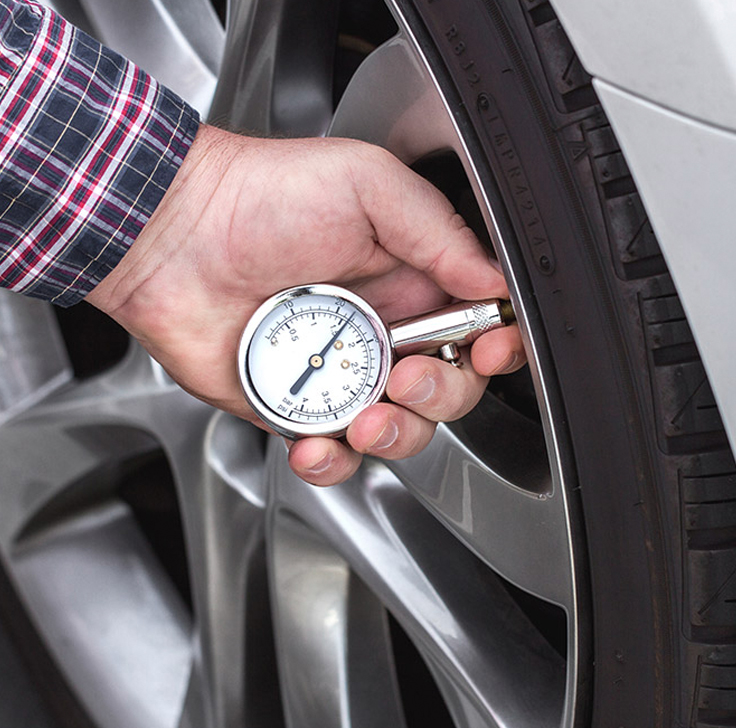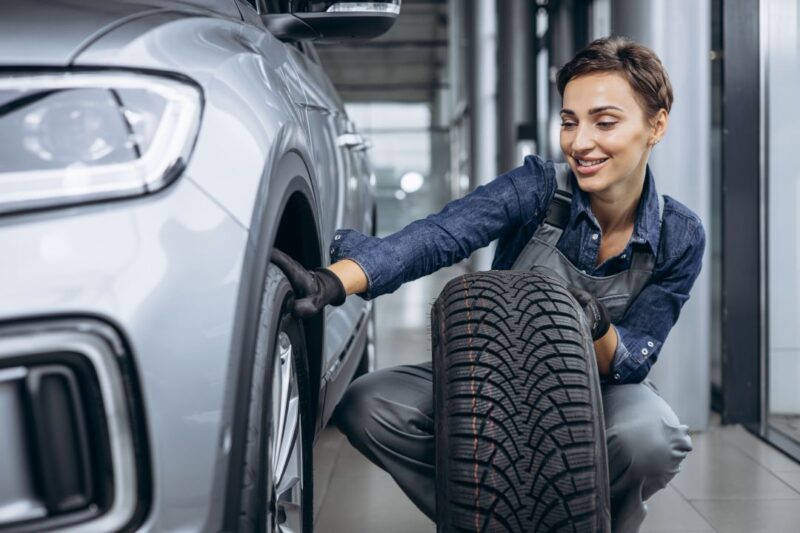Tires are the unsung heroes of your vehicle, silently supporting your journey while enduring the wear and tear of the road. Whether youve just invested in a fresh set or are trying to squeeze a bit more life out of older ones, understanding how to extend their lifespan can lead to significant savings in your pocket.
But its not just about dollars and cents—prolonging tire life fosters safety, enhances fuel efficiency, and contributes to an eco-friendly driving experience. From routine maintenance practices and alignment checks to the importance of tire rotation and proper inflation, there’s a wealth of strategies awaiting your discovery.
Buckle up as we delve into the essential tips and tricks that can help you maximize the longevity of your tires, regardless of their age, while keeping your budget intact.
Understanding Tire Wear: Signs to Look For
 Understanding tire wear is essential for preserving your vehicle’s performance and safety while saving money in the long run. As tires age, they exhibit various signs that can indicate underlying issues: click here to check for uneven tread wear, where one side appears more worn than the other, which may suggest misalignment or improper inflation. Pay attention to the depth of the grooves—if they’re shallow or barely visible, it’s time to consider replacement.
Understanding tire wear is essential for preserving your vehicle’s performance and safety while saving money in the long run. As tires age, they exhibit various signs that can indicate underlying issues: click here to check for uneven tread wear, where one side appears more worn than the other, which may suggest misalignment or improper inflation. Pay attention to the depth of the grooves—if they’re shallow or barely visible, it’s time to consider replacement.
Additionally, listen for unusual noises while driving; a humming or thumping sound can signal problems. Look for cracks, bulges, or foreign objects lodged in the tread, which could compromise your tires’ integrity.
By being vigilant and identifying these signs early, you can take proactive measures to extend the life of your tires, whether they’re new or used
Proper Inflation: Keeping Your Tires at Peak Performance
 Proper inflation is a cornerstone of tire maintenance, serving as a critical factor in not only enhancing safety but also prolonging the life of your tires. Under-inflated tires can lead to increased rolling resistance, which, in turn, translates to more fuel consumption and greater wear.
Proper inflation is a cornerstone of tire maintenance, serving as a critical factor in not only enhancing safety but also prolonging the life of your tires. Under-inflated tires can lead to increased rolling resistance, which, in turn, translates to more fuel consumption and greater wear.
On the flip side, over-inflation can cause uneven tread wear and a harsher ride. It’s essential to check tire pressure regularly—ideally once a month and before long trips—to ensure they are inflated to the manufacturer’s recommended levels.
Keep in mind that fluctuations in temperature can affect tire pressure, so adjustments may be necessary with changing seasons. By committing to this routine, you’re not just promoting peak performance; you’re also safeguarding your budget by minimizing the need for premature replacements.
A simple pressure check can yield significant savings down the road and contribute to a smoother, safer driving experience.
Regular Rotation: Maintaining Even Wear
 Regular rotation of your tires is essential for promoting even wear and maximizing their lifespan. By frequently changing the position of each tire—front to back and side to side—you can mitigate the discrepancies in wear patterns that naturally occur due to weight distribution and driving habits.
Regular rotation of your tires is essential for promoting even wear and maximizing their lifespan. By frequently changing the position of each tire—front to back and side to side—you can mitigate the discrepancies in wear patterns that naturally occur due to weight distribution and driving habits.
Imagine a perfectly orchestrated dance where each tire takes a turn leading, ensuring that they all experience the same pressures and surfaces. This approach not only enhances traction and handling but also extends the overall life of your tires, providing you with a smoother ride and important cost savings.
Neglecting this simple maintenance task, however, can result in uneven tread wear, jeopardizing safety and requiring premature replacements. Embrace the habit of regular rotation; your future self will thank you!
Conclusion
In conclusion, extending the life of your tires, whether they are new or used, not only enhances safety but also contributes to significant cost savings in the long run. By adopting simple practices such as regular tire rotations, maintaining proper inflation levels, and conducting periodic alignments, you can ensure that your tires remain in optimal condition for as long as possible.
Additionally, being proactive in monitoring tread wear and replacing tires when necessary can prevent more extensive damage to your vehicle and its performance. Ultimately, a little diligence and care can go a long way in maximizing your tire investment, offering you a smoother ride and more money in your pocket.


